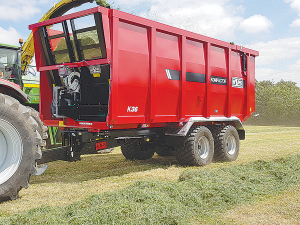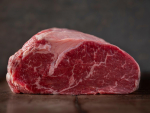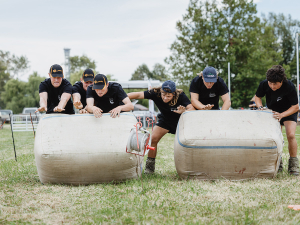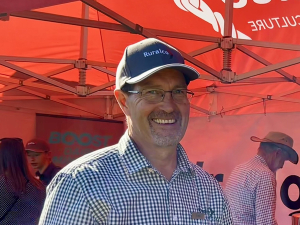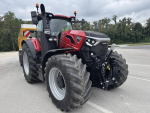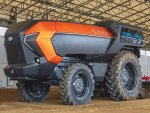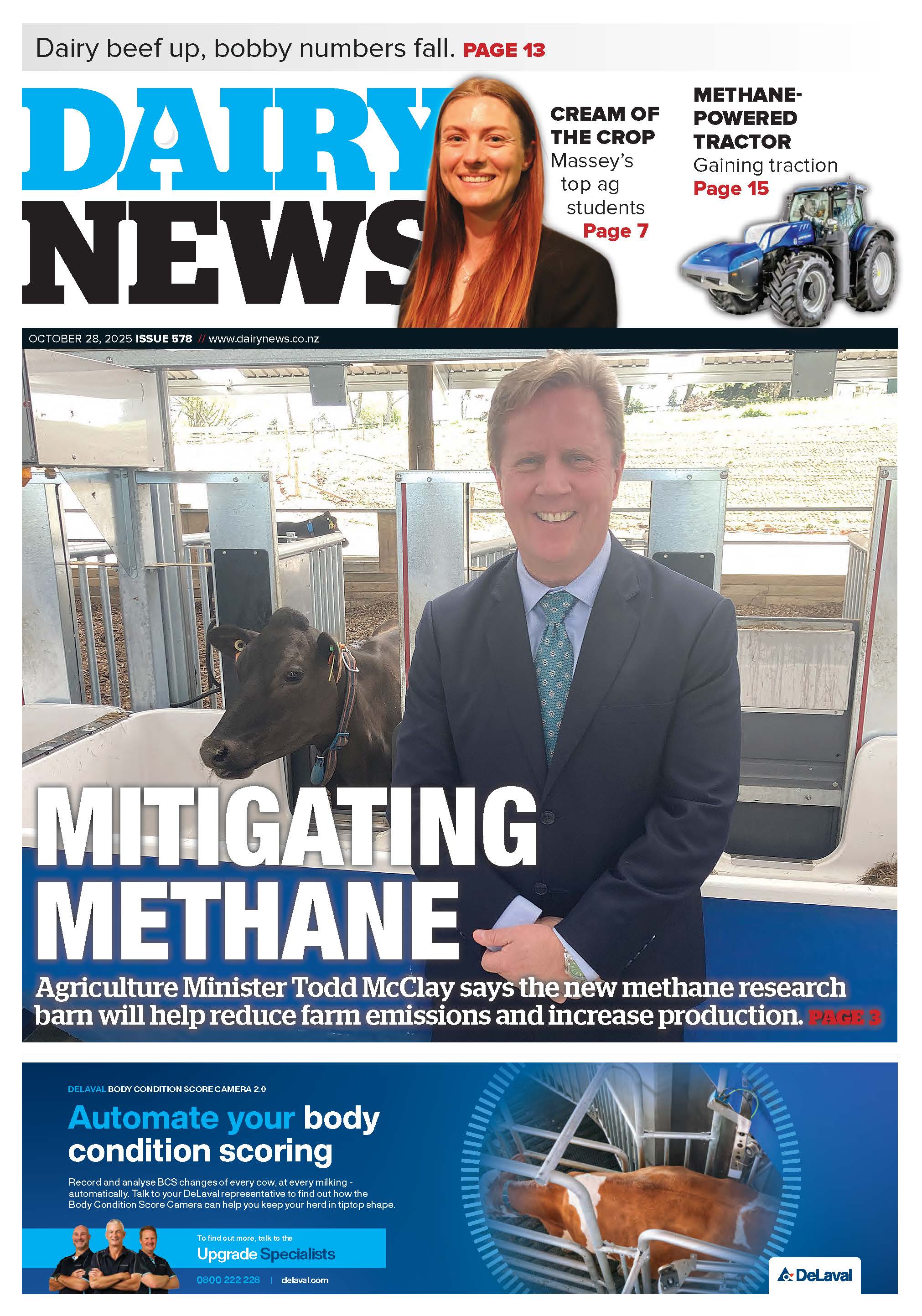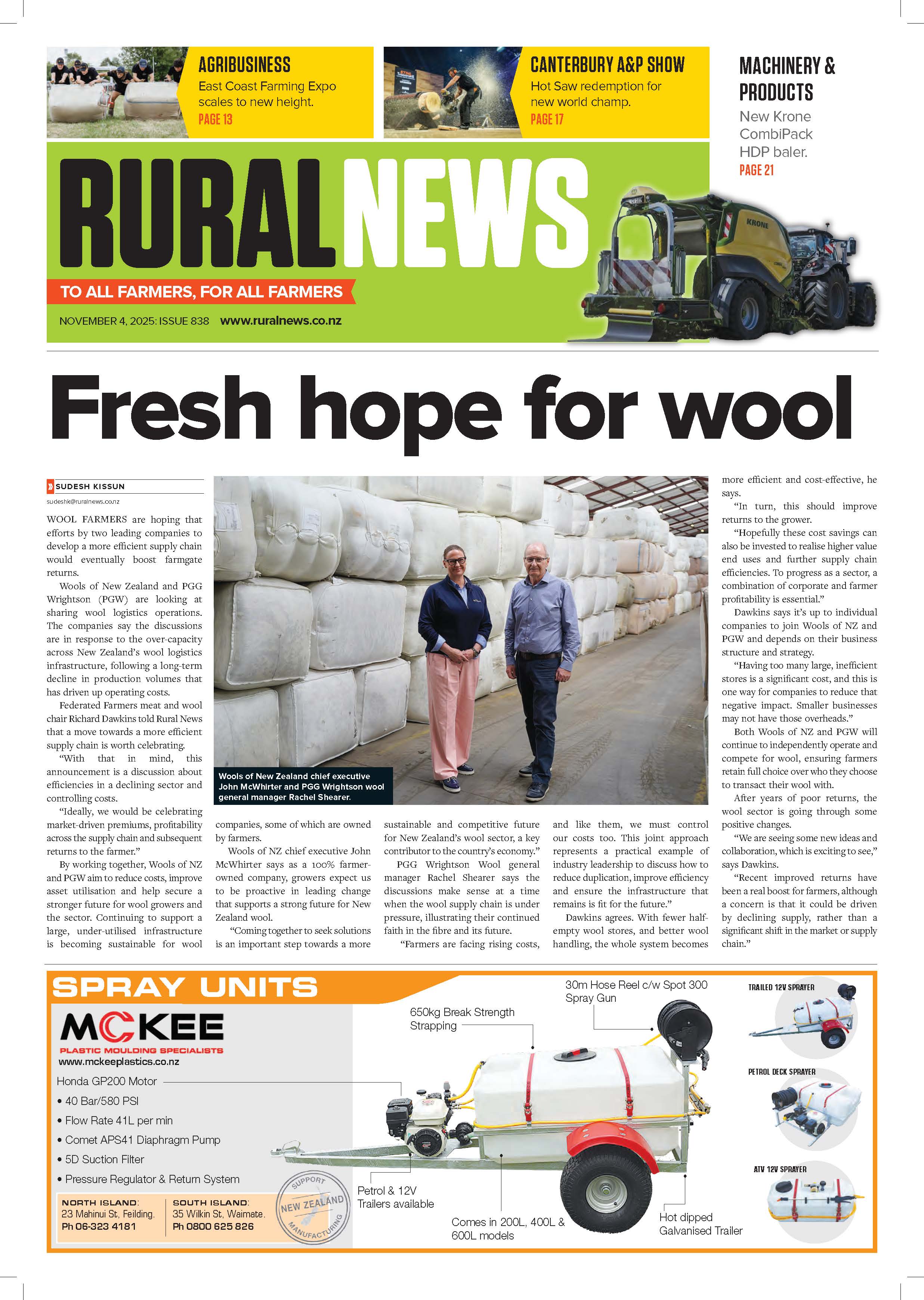Industry research has shown that on average tractors spend up to 70% of their time on haulage duties.
It would make sense then that the loads they tow would benefit from an increase in density to reduce the overall number of trips required, thereby increasing efficiency.
Irish company Hispec has adopted this thinking with its Kompactor trailer range, embracing the principles being rapidly adopted by the freight transport industry, with a system that can increase trailer loads by up to 30%.
Available in New Zealand, the tandem-axle K36 trailer features a 22-foot long body offering, a 36 cubic metre capacity, carried on a heavy-duty chassis that uses high-speed commercial running gear and super single tyres. Standard specification also includes air over hydraulic braking, a hydraulically sprung drawbar and bolt on swivel ring hitch.
Using a steel body construction, extensive vertical bracing helps retain rigidity to overcome any compaction loadings, while at the same time delivering an extended working life. At the heart of the system, compaction is achieved by a multi-stage hydraulic ram that moves the floor/ headboard rearwards to firstly compact, then eventually discharge the load. The company notes that the moving floor serves to carry the load and reduce the overall pressure on the moving headboard.
Material is loaded by harvester or loaders, starting at the rear and moving forwards. During the loading cycle the tractor driver has visibility of the load via a large vision panel integrated into the front bulkhead. Compaction can be initiated during the loading process, or during headland turns when used for harvesting operations.
At the rear of the machine, the tailgate is secured using a drop and lock system to resist the compaction forces. After any compaction sequence, the floor and headboard return to the start position at the front of the trailer.
Unloading, using a moveable headboard for ejection, is said to offer several benefits including the ability to discharge in low headroom situations, increased stability by removing the need to tip long bodies at steep angles and the removal of vertical jack-knife situations caused by “sticking” loads.
In operation, the rear door raises to 90 degrees from the closed position to clear the trailer body, so allowing an unimpeded discharge in around one minute. Attention to detail see the headboard stopping flush with the rear edge of the trailer body, ensuring complete discharge of any material. Other details at the rear see a discharge chute incorporate into the floor to allow controlled discharge of free running materials.
A range of options includes a passive rear steering system for the K36, allowing tighter turning and a lock-out system for reversing.
www.gaz.co.nz





